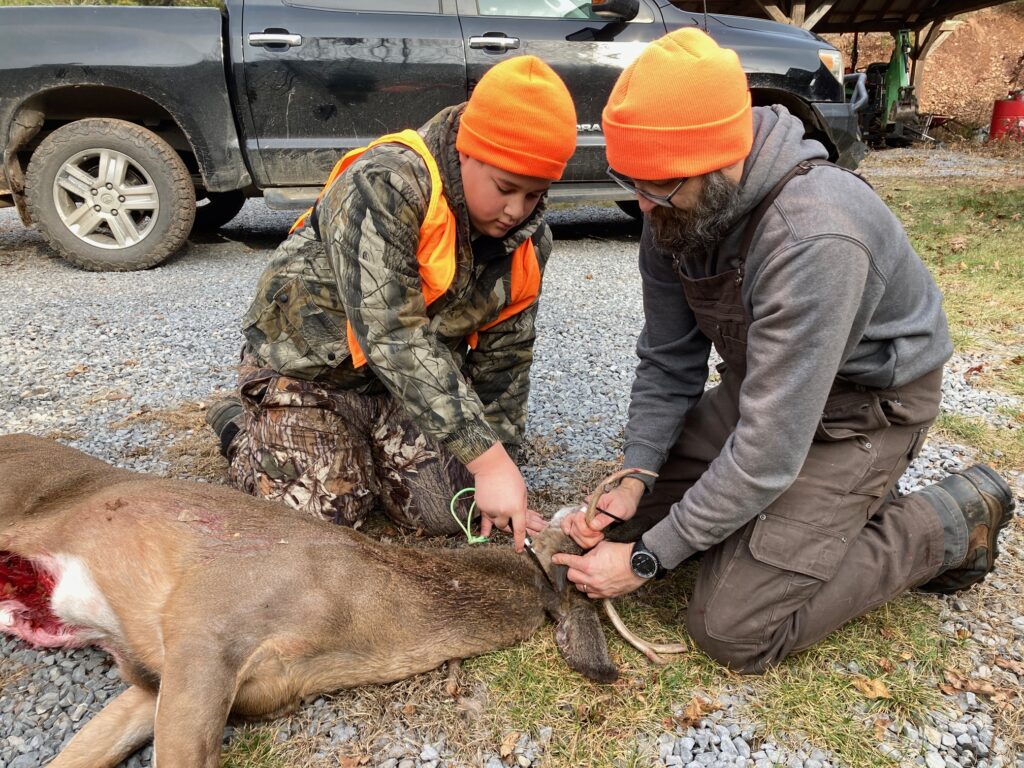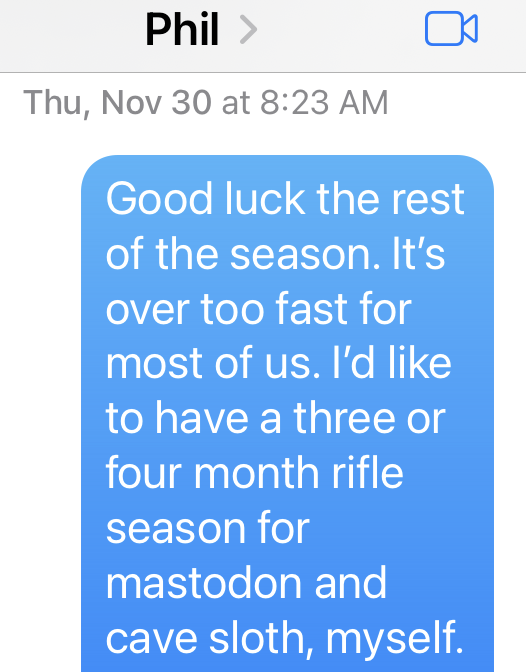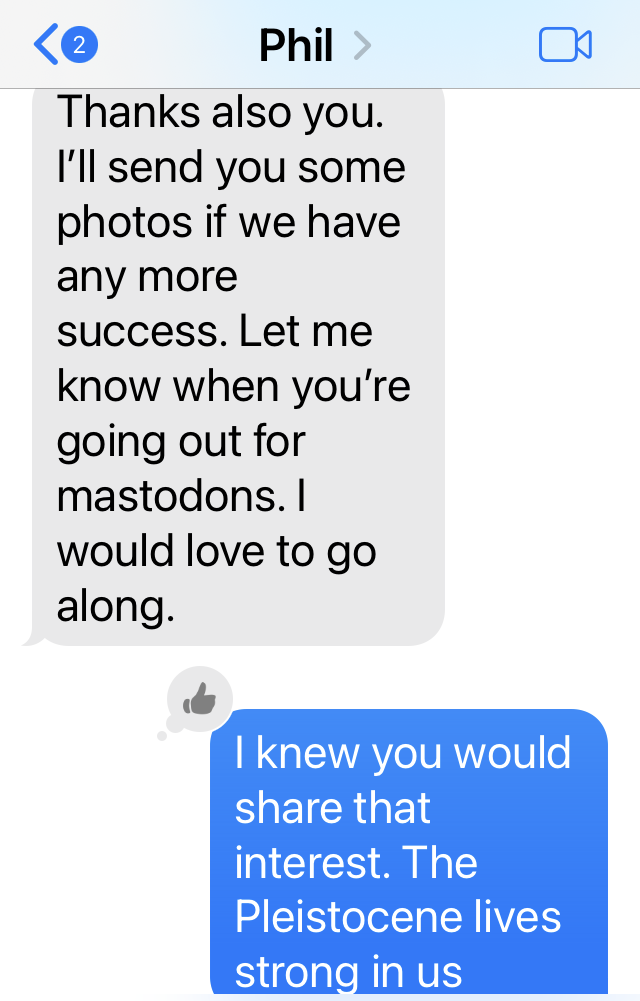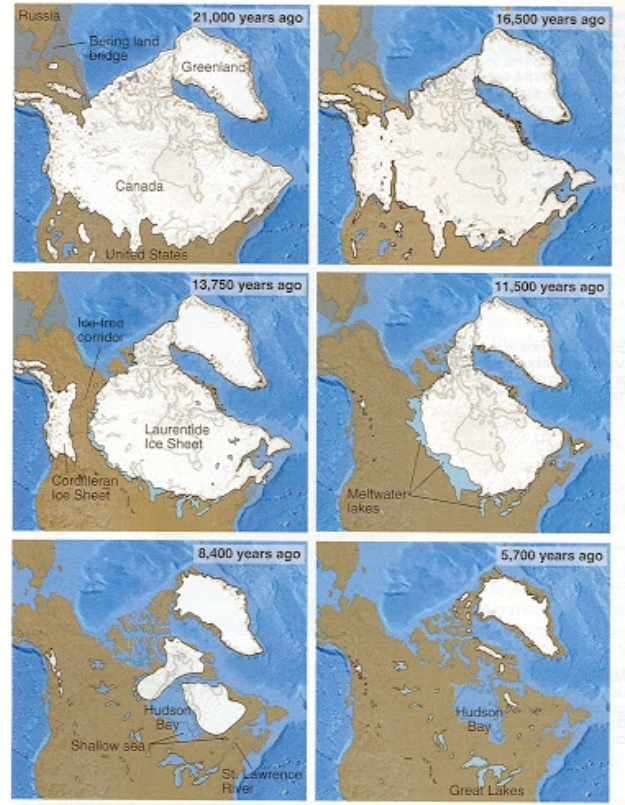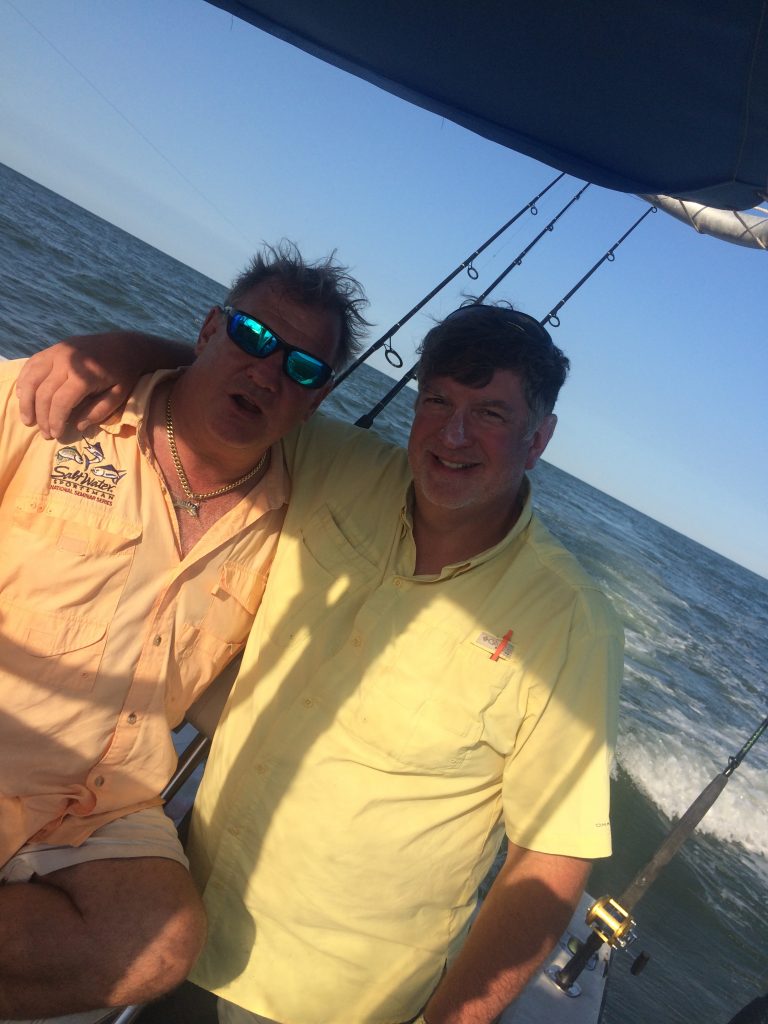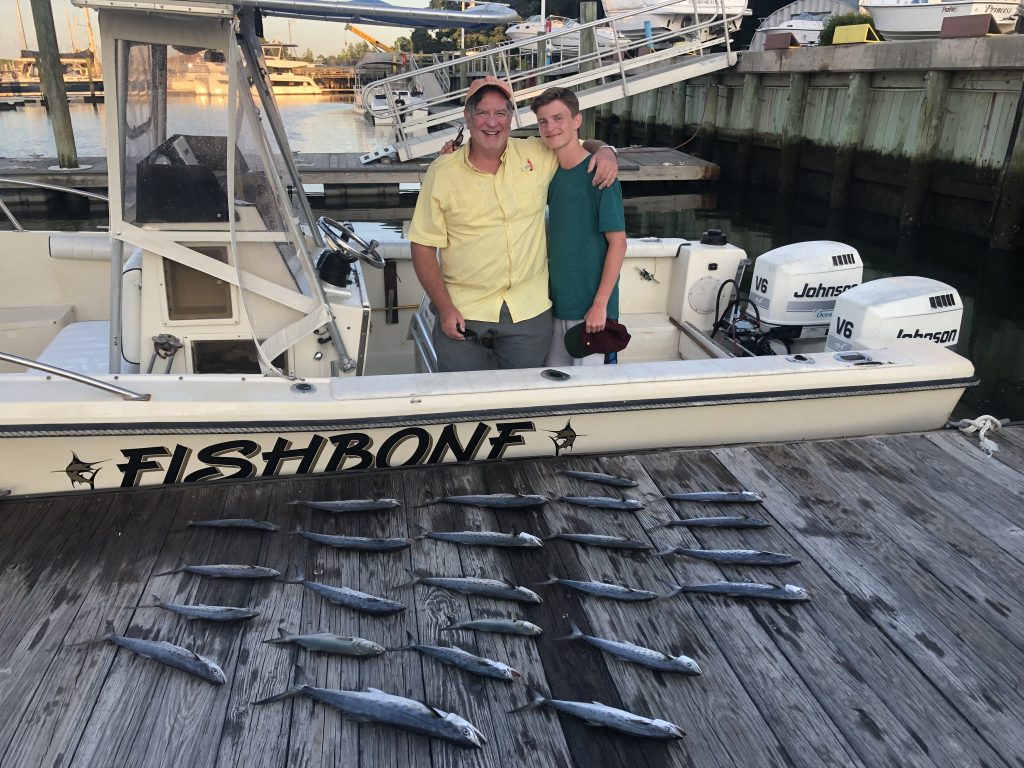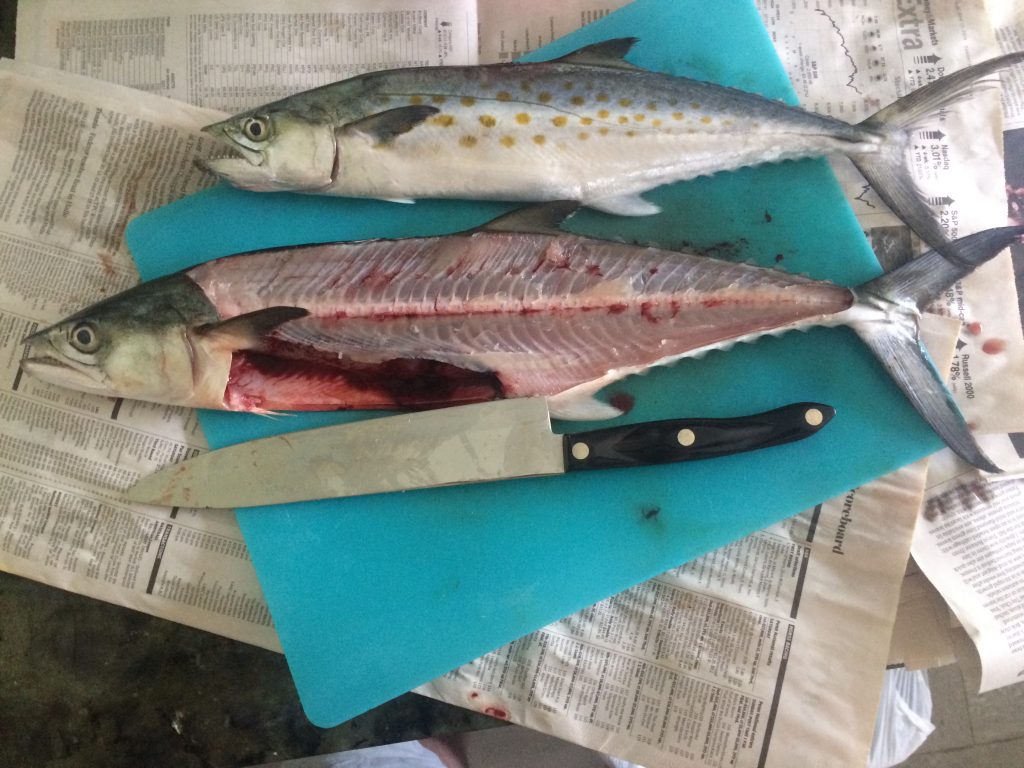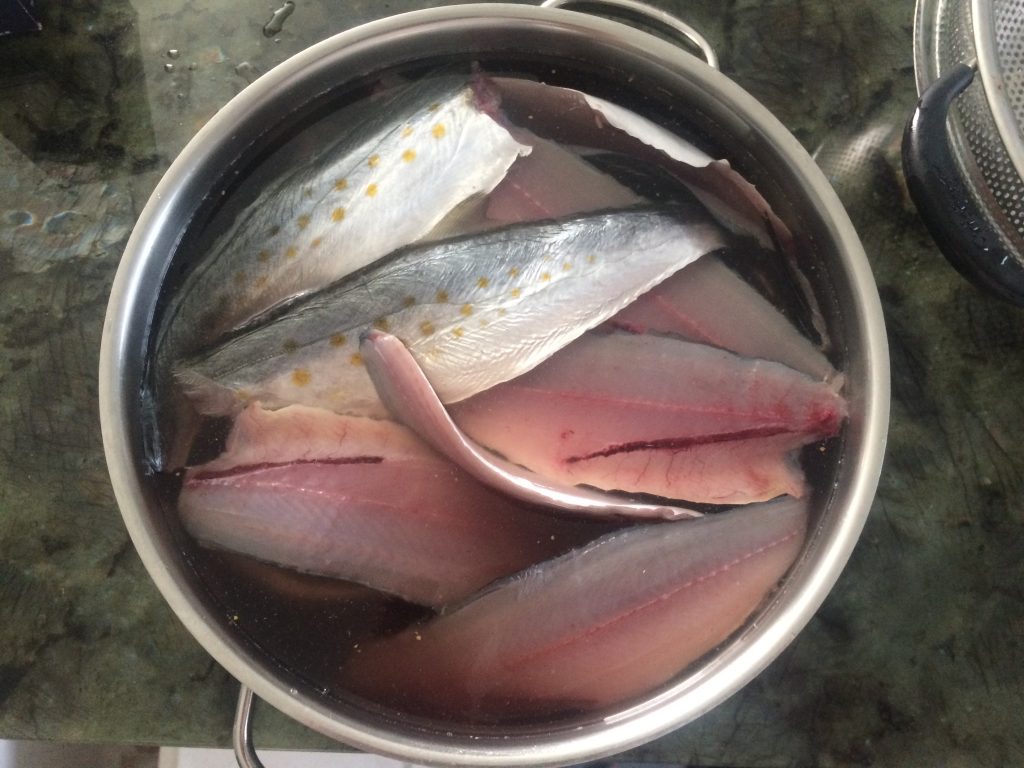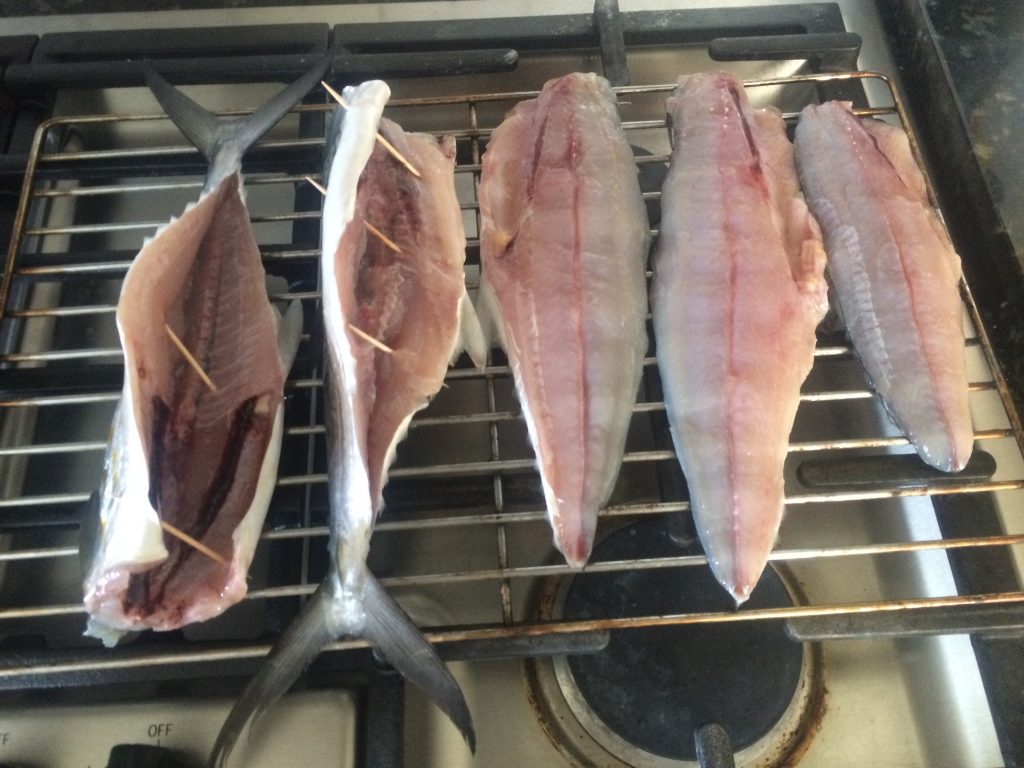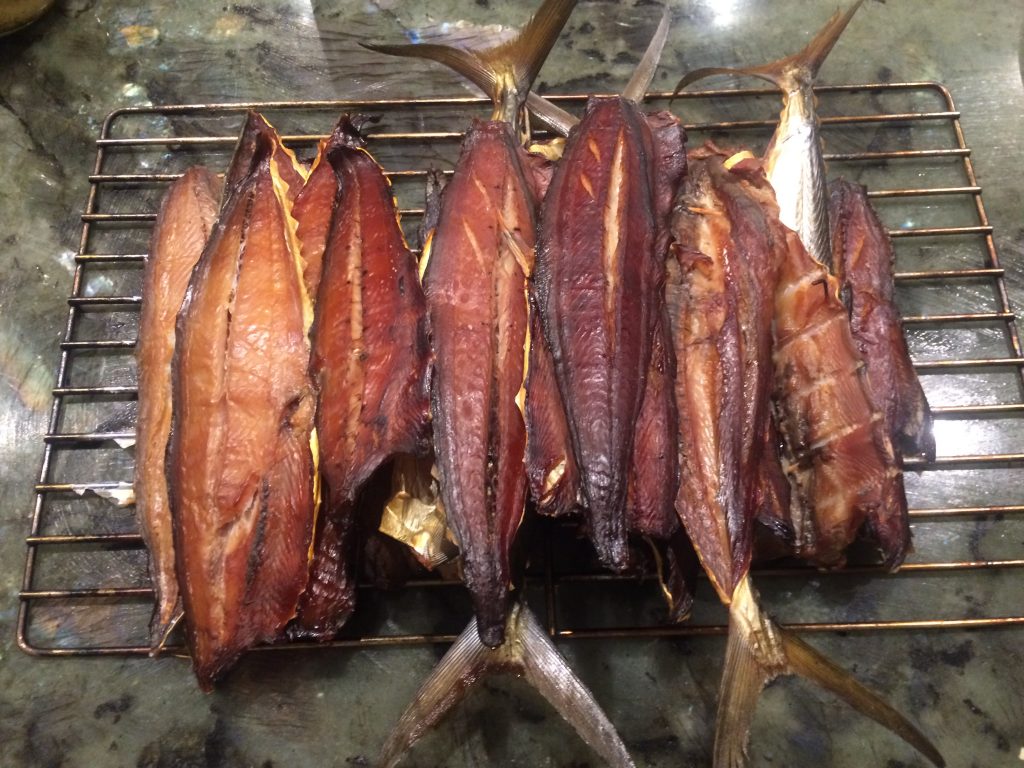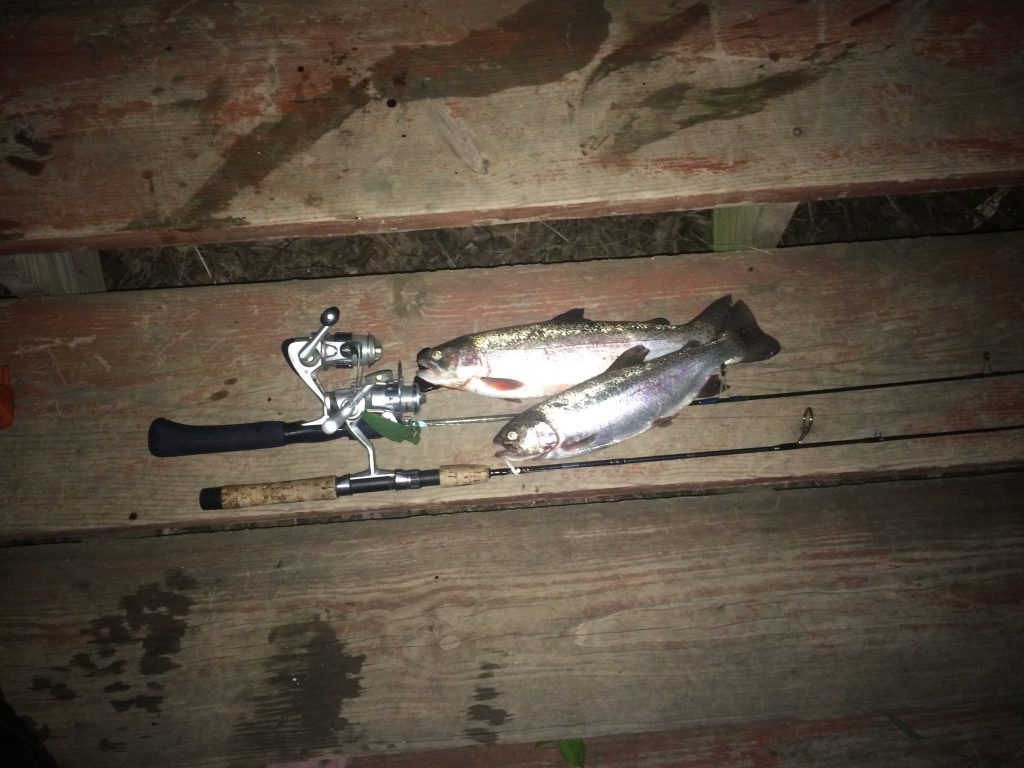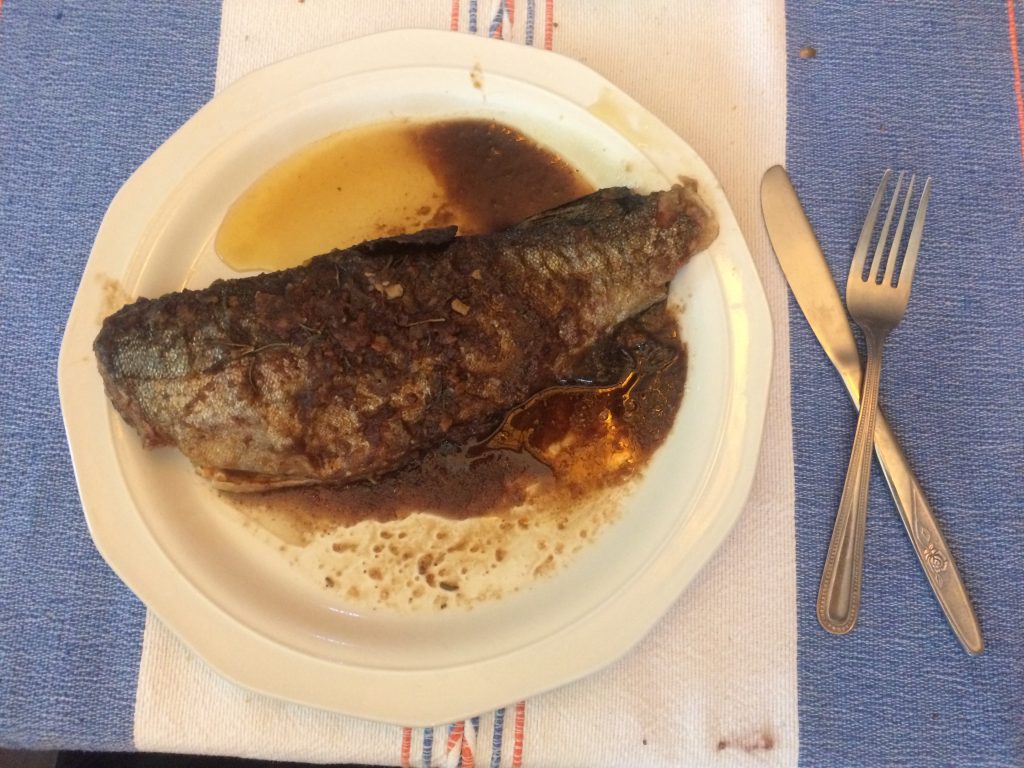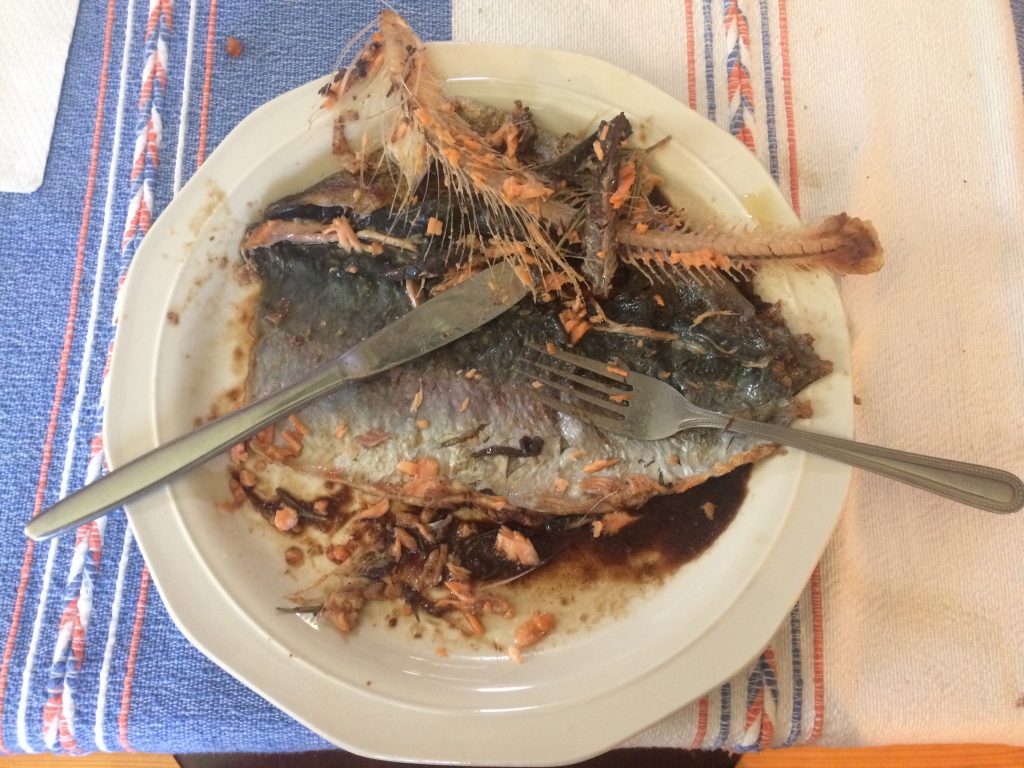Posts Tagged → pine creek
Some wonderful people gone
Jokes abound about aging, and quite a few are about those friends and family members who do not age with us, but who leave us all as we continue our own trajectory. Well, I am now definitely in the “aging” category and I am increasingly surrounded by people I enjoy and love who suddenly depart from this life. Recently two people here in Pennsylvania have left us all, and moved on to the spirit world, who I would like to mention. And it’s no joke, this dying thing. No matter what age a person is when they depart this life for the next, there is nothing funny about it.
Except maybe the last day on earth of European-Mexican artist Frida Kahlo, whose wild and often debauched Marxist Bohemian lifestyle made for intriguing movies and books. While some or maybe even a lot of the facts of Frida’s life may be funny depending upon the person considering them, her actual physical departure from this planet really is funny. I think.
After Frida died relatively young from cancer, or whatever it is that eventually afflicts the heavily debauched, her friends had her corpse dressed beautifully in her most customary colorful and flamboyant way, and prepared themselves all for a formal cremation send-off party in whatever crematory was present in Mexico City at the time. Her friends gathered in the crematory room while Frida’s corpse was ceremoniously loaded into the burn chamber, and as the roaring natural gas flames came to life, they all raised their glasses and toasted Frida.
And then the room erupted in gasps, cries, and people running for the exits, because suddenly Frida’s corpse stiffly bent at the waist, sat up, and made a wicked grin as her abundant hair caught on fire and created a demonic flaming halo around her yet untouched face. She wasn’t actually gone!
Yes, this was all her body’s muscular reaction to the sudden burst of 2,000-degree heat enveloping it, but apparently if you knew Frida, you kind of didn’t expect her to just die, you know, lie still and never move again. And indeed, she had lived up to all the hype about her, even while lying quite dead in the cremation chamber. I think this true story is funny, even though I did not know Frida and was not present at her cremation.
What is not funny and yet is not unexpected is the recent departure of Jim Brett, of Lenhartsville, PA, which for our geographically challenged readers is just north of I-78 and just south of Blue Mountain in Berks County, PA. Still confused where Lenhartsville, PA, is? OK, yes, it is the equivalent of East Succotash, PA, Nowheresville, PA, etc., and it is just about next to Hawk Mountain, the internationally famous sanctuary devoted to conserving birds of prey, especially on their annual migration south. There, solved this location question for you.
Hawk Mountain started as a simple land purchase to keep the shotgunners from standing on Blue Mountain’s highest Tuscarora sandstone boulder ridgetop and mindlessly swatting down out of the sky nearly every raptor that flew by on its way to South America. And in short order, more land purchases were added to what is now called the Kittatinny Ridge migration corridor. Hawk Mountain eventually became an educational organization and a destination for birders.
In the 1930s, birds of prey (hawks, owls, eagles, kites, vultures) were considered pestilential nuisances to farmers’ chickens and the rabbits and pheasants hunters enjoyed pursuing. In time, around the 1930s, raptors gradually became understood by some Americans as an important part of a healthy and properly functioning ecosystem, just as balanced populations of wolves, bears, mountain lions, bobcats and fishers have been subsequently understood today.
Hawk Mountain is now the world’s oldest continuously functioning conservation organization, but from 1934 to 1966 it was kind of a hidden gem, a hole in the wall of Blue Mountain that only certain initiates knew about or appreciated. It became much better known and more widely appreciated and much visited after Jim Brett became its second “curator,” as the chief executive position there is uniquely called.
As its leader, Jim Brett elevated Hawk Mountain to international status, built lots of buildings, hired lots of staff, attracted a lot of visitors, raised a lot of money, and he became a leading voice in bird conservation around our little blue and green planet.
On the outside, Jim Brett was a colorful Irishman, full of naughty jokes and a singular ability to imbibe liberally (often of his own make) and then hold forth to a captivated audience about biological and ecological science. But because Jim’s mother was Jewish, he had a separate interest in Israel, which, because it sits on a physical crossroads, is a lot like Blue Mountain. Israel is a birding Mecca.
A “sh*t ton” as Jim would say of raptors, storks, and other incredible and rare bird populations migrate through Israel, and Jim made their conservation from one end of their migration to the other one of his life’s missions. His Jewish half worked well with the Israelis, and his Irish half worked very well with the surrounding populations. One of his crowning achievements was working with Yossi Leshem to resolve bird strikes on Israeli fighter jets.
By finding ways to greatly reduce large rare birds being suddenly introduced to fighter jets at 1,000 mph, Yossi Leshem & Co. were able to save the lives of said rare birds, said giant titanium war eagles, and unsaid but implied young fighter pilots. It really was one of the great wild birds-living-with-modern-humans conservation success stories.
I met Jim Brett in 1998, when I had started working at PA DCNR in Harrisburg (having fled the corrupt and destructive US EPA in Washington DC). He was giving a presentation at an environmental and conservation education conference in Harrisburg, PA, and as the DCNR director of said polysyllabic educational field, it was my duty to both speak and to listen. Jim was standing up on the stage showing ancient stone tool artifacts and explaining the nexus between primitive hunter-gatherer lifestyles and the conservation or decimation of wildlife. I was hooked immediately.
Jim and I maintained a close personal and professional relationship until Fall, 2009, when I ran in a congressional primary (I was prompted to run by the devoutly corrupt and evil Manchurian Candidate Barack Hussein Obama, then president for nine months). My expressing my long quietly held political views educated not just Jim, but a sh*t ton of my “friends” and fellow conservationists alike about my true self. Gasp. Turned out that Jim did not know how conservative I was, and I did not know how liberal Jim was, and despite my desire to remain close, Jim had a hard time with it.
After 2009, our relationship involved less and less personal time, and fewer phone calls. I still have a generous gift that Jim gave me, which I occasionally take out and look at, admire, and then put it back in its safe place.
Jim and I stayed in touch through mutual friends for many years, including those who went on his African safaris he led. I can still recall Jim describing the funeral rite for a young son of a Maasai tribal leader, which he witnessed some time in the 1980s, I think: The boy’s body was ritually washed and then slathered in lamb fat, then put in the chieftain’s hut. The entire village was then evacuated and moved to an entirely new location, where a new settlement would be constructed. After the hyenas had entered the old village and consumed the boy’s body, the entire place was torched and left to become natural ecosystem thereafter.
Jim’s bright blue eyes flashed as he told this story, as indeed one would expect from someone so in tune with the endless hidden vibrations of our magical natural world. Though I know his spirit is now soaring with the majestic raptors, I doubt Jim’s liver will ever go the way of the hyena, Frida, or any mortal flesh for that matter. His official obituaries are here and here.
A second loss is someone I knew less closely, but with whom I shared a great deal in common and with whom I filled my buck tag this season: Phil Benner of Liberty, PA.
Until he unexpectedly died of Covid several days ago, the incredibly physically fit Phil Benner was a devoted father, a devoted husband, a devoted brother, a devoted uncle, a devoted son. He was a hard working small business owner, a risk-taking entrepreneur, and a pastor who saw God and felt Him deeply in the natural world around him, including the leaves rustling in the winter tree branches, and the quiet tinklebell sound of a small mountain stream’s clear waters falling over boulders. He appreciated everything and took nothing for granted.
Not only will I miss Phil Benner, the world will miss Phil Benner, because the world needs a billion more gentle, charitable, loving, devoted, kind, tolerant, peaceful Phil Benners. His loss is huge.
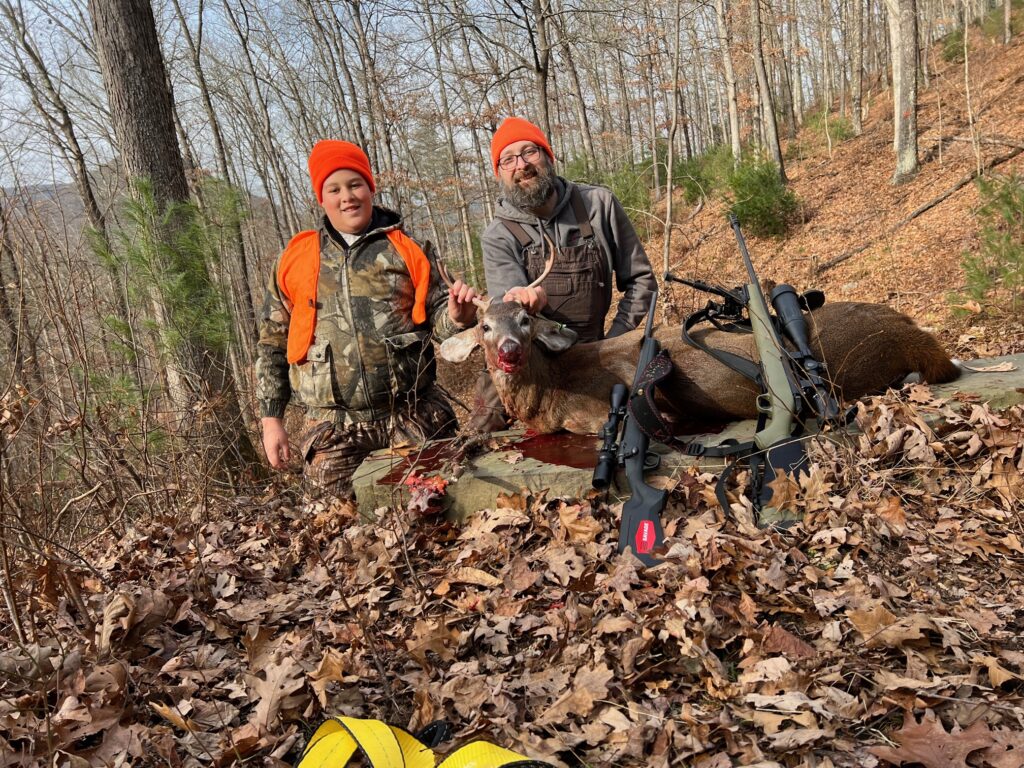
Phil Benner and his son Nate with a large bodied six point buck taken in Pine Creek Valley in late November, 2023
RIP my friend Nevin Mindlin
Nevin Mindlin was probably an annoying precocious kid. He was probably one of those kids in school who at a young age would constantly raise his hand to answer questions posed by the teachers, because he actually knew the correct answer and he also probably knew a great deal more about whatever the subject was. Although I did not know Nevin at the tender age of eight, I am certain this lovingly annoying ability of his was probably becoming pronounced right about then. And it never stopped and it served him well all the way up until his death this morning in south Florida.
I will miss Nevin, for a lot of reasons. A good friend is always tough to find, and human chemistry is always a mystery. Opposites attract is an old saying, and as opposite as Nevin and I were from one another, we always enjoyed one another’s company. Maybe it was because I, too, was the annoying kid in grade school, but without Nevin’s intelligence. Probably I secretly admired him and I also wanted to be like him.
Nevin went to college, not just anywhere, but at Goddard College, a hippie freak school in the 1970s. Which must have been an interesting experience for all involved, because Nevin was a conservative Republican. He got his MBA from Lehigh University. He served in the US Navy and learned to take apart radios and fix complicated things. This ability to deconstruct and reconstruct complex bits of wires and capacitors became one of his annoying habits as an adult, when he would describe whatever public policy we were grappling with as a radio or electronic array. Nevin could diagram a public policy like no one else, and as he drew on the blackboard in his mind he saw electric wires, capacitors, and other radio components. Maybe he was just overthinking stuff, but it was impossible to refute him on his own terms. He would stop explaining and ask for questions, and the people in the room would just sit there staring, unable to conjure the right response. He should have been a salesman.
After working in the Pennsylvania House of Representatives for a long time, where he was the executive director of the House Labor & Industry Committee, Nevin went on to be the policy director at the PA Department of Labor & Industry under Governor Tom Ridge in the 1990s. Of course Nevin was smarter and more experienced than most of the other appointees (except fellow appointee Tom Armstrong, whom he admired), and he always struggled with reconciling his clear headed and deeply held principles with impolite political necessity. This business of trading off principle for necessity would plague Nevin his entire life, and I don’t think he ever felt good about it. Maybe he should have been a philosopher. If he had been a salesman, he probably would not have been a rich one.
Nevin retired a bunch of years ago and ran for mayor of Harrisburg. As a candidate, he was very popular, especially among the Black population, even as a conservative Republican, and he scared the pants off the political establishment. I was in the courtroom when a now departed county judge held that Nevin’s reliance upon the official opinion of the county elections department was Nevin’s mistake, and not the mistake of the paid professionals who advised him, and thus was he disqualified from running for mayor at the last minute. It was a disgraceful moment in the history of human self-rule. Even the judge found his moment of political necessity distasteful, and his shame at having to remove this pure hearted, well meaning, popular man from the ballot and from threatening the political establishment was written all over his own unhappy face. I will never forget it.
Nevin served the Harrisburg Jewish community in a number of roles, including president of the Silver Academy Yeshiva. He never stopped dabbling in local politics, until he moved to southwest Florida a few years ago and said “What the hell, I think I’ll just go fishing from now on.” I always felt proud of having taught Nevin to fish, because it brought him great pleasure. We used to fish the Susquehanna River here in Harrisburg, back in the early 2000s, when a guy could catch 100-150 smallmouth bass in a day, and have a real shot at the huge muskellunge we had back then. Those were real good times together. He also enjoyed splitting wood with me, and fishing Pine Creek.
One Fall night on our way up Pine Creek Valley, probably twenty years ago, we encountered a wrecked SUV sideways in the road, the driver injured and hanging out her window. An enormous buck lay alive panting on the other side of the road. Despite having all four of its legs cleanly removed from its body due to the collision with the front of the SUV, and despite being hardly able to move more than a couple of feet at a time on its bloody stumps, the buck was full of fierce fight and aggressive lunges toward anyone who approached him. I was trying to maneuver into a safe angle where I could dispatch the suffering animal when the driver’s husband showed up. He barely noticed his wife in the driver’s seat of the steaming, crumpled SUV, and walked over to the buck. The man clearly admired the buck’s huge rack (I’m guessing it was in the 140s-150s) and tried to get ahold of it to twist and break the animal’s neck. That was a mistake, as the buck quickly lunged and speared the guy squarely in the gut with its long tines, drawing blood. The man was filled with rage, and I handed him my 9mm pistol that I had been prepared to dispatch the animal with. He damn near emptied that entire clip into the buck before he handed the gun back to me.
We left the dark wreck scene with its gory buck, steaming disabled vehicle, and the injured woman with her uninterested husband running his hands over the deceased buck’s rack, and Nevin said “You deer hunters are a really weird bunch of people.” He really should have been a philosopher.
Nevin was married twice. First to Gail, who gave him three great sons he was crazy about, Joshua, Avi, and Hillel, and then to Jean, who was with him when he died today. Nevin leaves a legacy of clear headed public policy, of absolutely beautiful principles based on America’s founding documents and the Torah, which he tried to follow, and memories among his friends of his explosive, joyous, easy laugh and always happy demeanor. I will miss my friend Nevin so very much. Godspeed, old friend. I hope you get to fish on your journey.
He will be buried this Sunday in Bethlehem, Pennsylvania, where he grew up.

Nevin Mindlin fishing in south Florida, looking like an Amishman who had taken a wrong turn at Albuquerque and ended up in Heaven
This hemlock log shows climate change
Climate change has been a normal and natural fact of life on Planet Earth since the planet was created. Volcanoes explode and the earth warms up as a result. Glaciers that build up covered entire mountain ranges underneath, then recede and create new mountain ranges, then melt again, and their flood waters created new rivers, several times. Pennsylvania’s Pine Creek in the “PA Grand Canyon” used to flow north into the Genesee River watershed, until a huge ice dam from the last glacial period melted, broke, and caused an enormous torrent of water to flood southward. In that brief moment about ten or twelve thousand years ago, naturally occurring climate change forced Pine Creek to flow south, where it has become a major tributary to the West Branch of the Susquehanna River.
Climate alarmism is quite another thing, a false thing, a made-up thing, a silly thing, a destructive thing, and it is ruining a basic scientific fact that should be easy to study and understand.
Climate alarmism is where political activists falsely claim that “scientists agree that humans are causing Planet Earth’s climate to change” and that all Americans and Europeans (not the Chinese or the Indians) must therefore make drastic changes to our lifestyles, to our diets, to our freedoms. This is a fake emergency, a fake crisis, designed to help political activists get political outcomes they can not otherwise get through the democratic voting process where informed voters choose elected officials and policy positions themselves.
To illustrate how climate change naturally occurs all on its own, I took a picture and posted it here. Below is a picture I took of a roughly 160-year-old hemlock tree that a logger I work with cut down in Clinton County, PA, a month ago. If we look at the growth rings in the base of this tree, we see clusters of rings that are very wide, where the tree grew a lot in one growing season (April – September), and we see clusters of rings where the tree grew very little in one season. What is really interesting about looking at tree growth rings is that we can easily understand the climate surrounding that tree at the time of each growth ring.
Wide growth rings are associated with both an open forest canopy and lots of sunlight reaching the tree, and also with years of plenty of rain and warm temperatures conducive to plant growth after the canopy has grown up and over.
Thin or narrow growth rings are associated with a dramatic lack of sunlight, a lack of water, and/ or colder temperatures.
As we can see from this picture, this 160-year-old tree has experienced several major climate shifts over its lifetime. Each colored box is a clump of similar growth rings, which represents a period of about ten to twenty years. See how this tree went for a decade or two subject to long stretches of either very wet and warm climate, or very dry and cold climate? And we know that this tree’s life experience was largely outside of the period where the climate alarmists say humans have had the greatest influence on climate.
This tree’s life, as we see it in its growth rings, clearly shows that northcentral Pennsylvania’s climate has naturally fluctuated on its own, with no meaningful human intervention, for a long time. The picture also shows that within periods of intense dryness, there were single years of abundant rain, and then the dryness returned for years.
Today, climate alarmists seize upon every dry spell, every rainy period, every storm, to falsely claim evidence of human-caused “climate change.” If what the climate alarmists say is true, then this poor tree has had both a schizophrenic life in a natural world where equilibrium is more the natural rule, and it also experienced a lot of human caused climate change while the planet had very few humans on it to affect the climate.
In other words, this tree shows that the climate alarmists are wrong. Really wrong. The trees don’t lie, but the political activists do lie. And that fact is alarming to me.
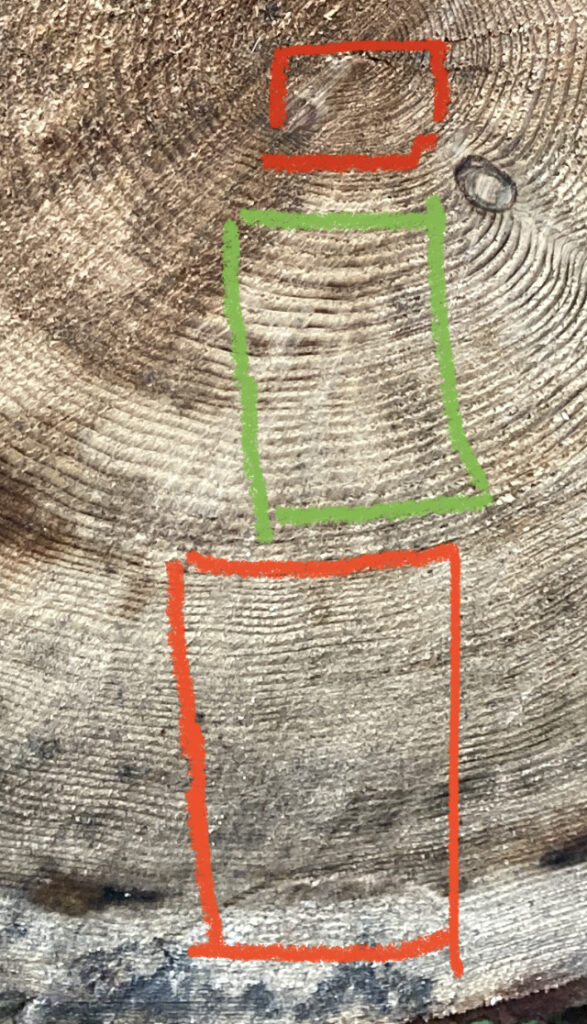
Hemlock log cut in July 2023, in Clinton County, PA. This tree has experienced widely varying climates over its long lifetime, especially while there were very few humans on Planet Earth. There is no such thing as human caused climate change. Environmental damage, yes, of course, but not climate change. Climate alarmism is a political claim, not a scientific claim.
How’s Your Turkey Season Going? Yeah, Me Neither
Highly successful turkey hunters are as rare as hen turkey teeth, and they will earnestly tell anyone in earshot that it is a pursuit only for the crazy. Spring gobbler hunting is tough, for so many reasons. Very tough. The weather is often cold as hell in the dark pre-dawn, you must sit unmoving for hours, call perfectly, but then move very slowly and correctly only at the precise moment when the shot is offered, and then eventually the temperature warms up and the swarming bugs come out, ticks crawl up your butt crack and into your armpits, etc.
The wild turkey itself is a fickle and troublesome quarry with the tolerance for anything being even slightly out of sort measured by the millisecond, etc. Wild turkeys can go from standing still to 50 miles per hour in about a second-and-a-half. So when they detect something wrong with the set-up into which they have been lured by the hunter’s calling, they can get out of Dodge with amazing speed. They are also incredibly tough and can withstand tremendous punishment before actually giving up the ghost. Even when they are shot fatally, a wild turkey can run or fly out of reach of the hunter.
So turkey hunting is an almost guaranteed skunk right off the bat, with success rates in Pennsylvania just above zero percent. To really effectively hunt wild turkeys in most places, and especially in Pennsylvania where hunting competition is thick and fierce, a person must have the patience of Job, the grit of Rooster Cogburn, and the faith of Moses. Not to mention the time needed to finally orchestrate the one brief moment where all these qualities briefly line up with your shotgun barrel that is itself lined up on a turkey’s neck about thirty yards distant.
Because spring turkey hunting is more than a fad, something slightly less than a religion, and has the word “pursuit” in virtually all of the turkey hunting gear companies gear descriptions, I thought I would share with the three readers of this website my own recent turkey hunting experience. It was almost like a bad dream.
It started with me falling asleep in the blind I set up on the southern side of the ravine, through which Sheep Hollow runs. My two hen decoys were 30 and 40 yards distant, on the other side of Sheep Hollow, stuck into old stumps for extra elevation and visibility. I use a slate call, and am good enough to call in some turkeys who die at 40-45 yards out with the most skeptical looks on their faces. Turkey hunting is nothing if it isn’t an excuse to get some shuteye in some really uncomfortable surroundings, surrounded by annoying insects, with hidden tree roots exploring the hidden recesses of one’s posterior and lower back. It’s great!
So there I was, head lolling around like a Hershey Park kiddy ride, chin on my chest, alternately dozing and suddenly jumping awake with a start, wondering if that crunching leaf was a sneaky gobbler (it never is). This happened a dozen times until I fell deeply asleep.
Far into one of my deepest REM sleep modes, an uncommon noise on the far side of Sheep Hollow caught my slumbering hunter-sense, and my head automatically raised up. My eyes slowly opened to slits, to look through the bug netting. Suddenly my neck extended three times its normal length as my head craned to ascertain that in fact a mature gobbler was consorting with the decoys. Like most guys on the make, he was playing both and as yet uncommitted.
Slowly I brought the shotgun barrel from its resting place on my knees to a place where it was resting on the wooden crossbar and burlap, and generally pointing at the gobbler. Then my eyes were focused and working pretty well in concert with my head and hands to align the front barrel bead with the gobbler’s head and neck area. This happened in silent, slow-motion seconds.
But, turkeys being what they are, which is essentially a CIA spy satellite with wings, complete with the latest in high-tech optics and listening capabilities that miss absolutely nothing within a 300-yard radius, the amorous gobbler went from struttin’ his stuff to suddenly looking my way. Then, mimicking my own startled reaction just seconds before, his own head telescoped three times his neck’s normal length as he stared in alarm at the strange object thirty five yards away. His big eyes bulged as he saw through my contrived hiding place and into my very soul.
I fired just as he collapsed his neck in preparation for high-velocity lift-off, and the shot pattern just clipped his neck area. It was not the solid hit it would have been if the dang bird had just stayed focused on the rubber chicken thingies meant to deceive him. So he hit the ground, rolled downhill, and began to thrash wildly in what were either death throes or an intelligent effort to escape. Anyone who has hunted wild turkeys for a while knows this moment: The hunter is either a hero, or is about to behave like the clumsiest brute in the wild woods, because the turkey is either about to die on the spot and be tagged, or it is about to lead the hunter on a merry chase across hill and dell.
The bird opted to turn me into a clumsy brute as it staggered to its feet and began heading down Sheep Hollow in a drunken stagger toward Route 414 and Pine Creek beyond. And so I played my assigned part and I myself staggered out of the blind, swatting burlap out of my way, my legs numb from being asleep for two hours. Partially running, partially bouncing off of trees to steady myself until the blood flowed back into my independent-minded feet, I headed on a downhill sidelong trajectory meant to intercept the wounded animal and quickly bring it into my death embrace.
Almost like a cartoon rendering of a buffoonish hunter after a smarter prey animal, the turkey caught my drift and picked up speed, stumbling and rolling faster down the ravine and closer to the highway. I slid on my ass down a large smooth rock face just as the bird flopped out onto Route 414. From there it was literally all downhill. Instead of some locals driving by in their pickup and jumping out to grab the bird for me, no one happened by and the bird crossed Route 414, bounced off the guard rail, and then pitched down over the tree-studded sheer cliff face to the Pine Creek rail-trail below.
Meanwhile I was still trying to cross Route 414 while pulling clumps of leaves and twigs and other forest floor detritus out of my pants. Upon reaching the guard rail I looked down and saw the turkey laying in the middle of the rail trail. He was not looking real healthy and it was possible he was going to simply peter out there, if left undisturbed for a couple minutes. Then I could tag him and lie about what a perfect shot I had made on him to my friends.
But such are the plans of mice and men, or something like that. Because what is a rail-trail if not a place for humans to ride their bikes? Especially when it is the only brief moment in the year the place must be left undisturbed for just a couple minutes. The rail-trail is not the designated dying area for severely wounded wildlife. And so when the nice lady in her pink Gore-Tex get-up came riding her bicycle along the rail-trail, toward the listless creature, and making a gentle crunching sound in the fine pea gravel that even I could hear a hundred yards out, the bird felt like it was being pursued once again. And it decided that, in fact, rail-trails are not the dignified place to die. So it weakly flopped its way over the rail-trail and down to the edge of Pine Creek.
Meanwhile, I had seen what was coming. Determined not to lose the bird to the rushing water, I sat down and again rode the next steep incline down on my butt, and once again bouncing from tree to tree in an effort to slow down my headlong speed and prevent serious breakage of some part of my body. This stretch of the rail-trail is actually part of our property, and it is also about the most useless part of our tax parcel. Except for now.
Of course I reached the margin of the rail-trail in a dramatic flourish of flying leaves and branches, a mini avalanche of stones and dirt and curses, just as the pretty in pink lady on her bike arrived. The dying turkey heard the commotion and rolled down the stream bank and into the edge of Pine Creek. Now a dead animal at the water’s edge is nothing new and no big deal. But a dead or dying animal out in the current is something else altogether, and so not having time to explain my bizarre appearance to the nice lady, who had come to a stop to either gawk at the camo-clad madman or ask if I needed medical/ mental help, I bolted across the rail-trail and pitched head-first over the stream bank. Launching myself at the turkey, whose carcass lolled gently with the stream current against the bank, my fingers came up just inches short as the rest of my not-insignificant bulk made its crash landing in the rocks and thorns along the stream’s margin.
With its last ounce of dying energy, the turkey rolled itself out into the stream current and immediately began floating away at a rapidly increasing clip. My friend Scott and I had just floated Pine the week before, casting for trout (thank you to the Big Brown Trout Club run out of Wolfe’s General Store at Slate Run for the amazing fish we caught), and the substantial rains over the past few days had turned a high but fishable river into a near-maelstrom with a really fast current. So I crawled on my hands and knees into the water and then rushed toward the disappearing turkey carcass.
Down through the run we went, bird, white caps, and human in pursuit. Under normal conditions, this part is a good fast stretch with trout under the trail-side cut bank and beavers denning on the far side bank. But today, it was practically a white water, with literal white caps from the high speed water slamming into boulders under the surface. Although at one time I had taught lifesaving and certified lifeguards, and I had been as comfortably aquatic as a human can be short of being a trained Navy SEAL, I was quickly beginning to doubt the wisdom of my ways. Pine Creek was at about 48 degrees that day, and despite my ample natural insulation against cold, I was beginning to really feel the chill tug at my willpower to continue. In fact, I was starting to wonder if I was going to drown. Making the situation worse, I passed an otter laying on the edge of the little island we had now reached. Never have I seen more disbelieving eyes in human or beast than the look on that animal’s face as the bedraggled human (me) splashed by.
Comical sounding yes, but at that point I was actually scared that the one minute I had presently spent swim-chasing after the now-dead gobbler was going to be my last on earth. My physical ability was rapidly diminishing. But all good things come to an end, and the powerful run quickly petered out at the end of the island, where Pine becomes a large pool below Miller Run Natural Area. It was here that the high-velocity turkey suddenly became just a piece of random flotsam that I was able to splash my way up to and grab.
With my prize finally in hand and dragging lifelessly in the stream behind me, I sloshed my way to the shore, clambered up the bank, dropped the turkey at my feet, and laid down on some large rip rap boulders. How long I huddled there, soaking wet in the thin sunshine, I don’t know. Probably fifteen minutes had gone by before I had the strength to look around and get up the nerve to collect the bird and head up to the cabin. But my wet camo and death-like stillness had fooled one more animal, the otter I had passed on the way downstream, who came in at a mad dash along the boulders, grabbed the dead turkey, and dove head-long back into the water.
And oddly enough, my only thought was “At least I didn’t fill out the tag yet, and my season is not over, so I get to keep hunting.”
Like I said, spring gobbler hunting is for either the mentally retarded or the crazy. Whichever I may be, go ahead and be the otter. Take your pick. I stopped caring.
Climate Change’s Story, as Told by a Rock
The subject of climate change has been a political issue for about ten years. Before that it was called global warming. Before that it was called global cooling. Despite having dramatically different, even diametrically opposed, oppositional names, this subject of earth’s changing climate has been treated the same by political activists for about 30 years. No matter how different, under all rubrics it has been presented as a result of planet-altering human intervention into Planet Earth’s fundamental forces.
In all of the undocumented claims presented about this subject over the past thirty years, especially the fake junk science claims, the ignored elephant in the room has always been the very well and long-documented evidence of great periods of climate change pre-dating the appearance of humans on Planet Earth. In other words, climate change/ global warming/ global cooling did not automatically appear in 1985 because Al Gore wrote a book about humans emitting too much carbon dioxide. Nope. The scientific elephant in the climate change room was standing here all along, because decades of non-politicized scientific inquiry demonstrated how mile-thick ice glaciers covered northern America, Canada, and northern Europe and Asia many times over the past 100,000 years.
That is, a natural ongoing cycle of climate change, real dramatic alterations to the face of the planet, even without one human being present to contribute one breath of carbon dioxide to it.
Well, here is the short and easy story of actual, real climate change; the long documented climate change that shaped the land you are standing and driving on every day. This big story is told by a simple humble rock. Here is a picture of that rock (below), unearthed the other day. It was unearthed about 600 feet above the Pine Creek stream bed and channel. Until it was unearthed, it was entombed on a hillside way above the existing channel, in mostly clay dirt amid sharp shards of shattered sandstone, all jumbled together like a giant mixer had tossed them around.
Look carefully at this stone.
It is rounded, unlike most of the other rocks around it in the dirt from whence it recently emerged. Someone with a bit of curiosity would ask “Gees, this rock looks totally different from the rocks around it. It is rounded like a typical long water-washed and tumbled river cobble I can find in any stream bed in the world. Now why is this rounded rock sitting hundreds of feet above the Pine Creek river bed? How did it get all the way up here?”
Great question! In most American class rooms, asking this question might get you ejected, or a bad grade from a fake educator who doesn’t want you asking good questions, but instead you are supposed to repeat a mantra of junk science that ignores the actual science represented by this simple little rounded rock.
Pine Creek’s history is retold at Leonard Harrison State Park, in DCNR geology circulars available online, and in many other places and publications. It won’t be reiterated at length here. But we do provide a history lesson in a nutshell.
Essentially it goes like this: Until about 15,000 years ago, Pine Creek flowed northward into the Genesee River watershed. After the last glacial age ended 20,000 years ago, the Laurentide Glacier began to melt, as prior glaciers there before it had melted. As the glacier melted, a pool of water built up against an ice dam, which eventually broke from the weight of the water and the thinning ice. When the ice dam broke, an enormous torrent of water was unleashed southward as a tidal wave. As it raced southward, the tidal wave followed the landscape’s natural contours, including the river bed of north-flowing Pine Creek.
As soon as the tidal wave hit the Pine Creek stream bed, the tidal wave followed that natural channel southward, scooping up hundreds of millions of tons of stream bottom rocks, as well as surrounding ledgerock. We have seen the videos of the Japanese tsunami from several years ago, and this one probably looked similar. Thus, an increasingly muddy tumultuous mess of water, dirt, and rocks flowed southward to the West Branch of the Susquehanna River. Along the way rocks like our little rounded river cobblestone here were picked up and deposited high up on the river channel’s slopes.
Even though the rock had come from deep down in the river bed, it remained in place on the hillside as the roaring water receded to the stream flow we know and love today. The rock is an artifact of climate change, real honest-to-goodness climate change, devoid of any human causation or intervention.
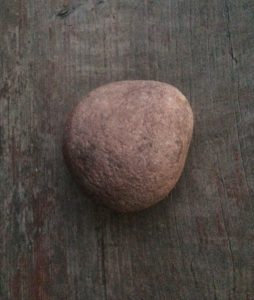
Our pet Pine Creek stream bed rock now in Lycoming County, PA, probably originating due north in Steuben County, New York, 15,000 years ago, already rounded from thousands of years of tumbling in a stream bed
Ever since that melting glacier released that tidal wave and placed our little rock here on the hillside, Pine Creek has flowed south, into the West Branch of the Susquehanna River, and not northward into the Genesee River. And as a result of that huge rushing torrent southward, the Pennsylvania Grand Canyon was cut and shaped.
Climate change, folks. It is as natural as the Sun rising and setting on the Earth’s horizon. It can be real. It was real, and still is real and ongoing, even without human involvement. But you probably won’t find the real climate change science taught any more, because it is contrary to a radical political narrative that tells us modern capitalist societies are evil and destructive and must cease and desist, because we alone are destroying the Earth’s climate.
Which just goes to prove that Marxism really is anti-science, anti-truth, anti-fact, and anti-human. Shame on the Marxism Climate Change fraudsters who represent themselves as guardians of the environment. They are no such thing. They are destroyers of the environment, as every Marxist society’s destroyed environment demonstrates.
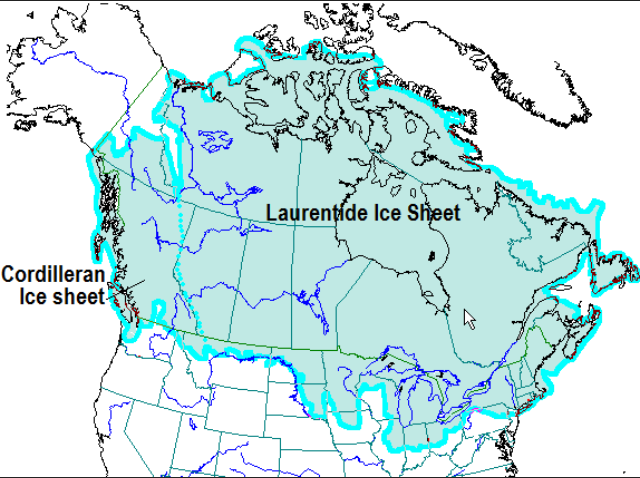
Shhhh! Don’t tell anyone you saw this, because the “climate change” activists will have me locked up for disseminating actual science!
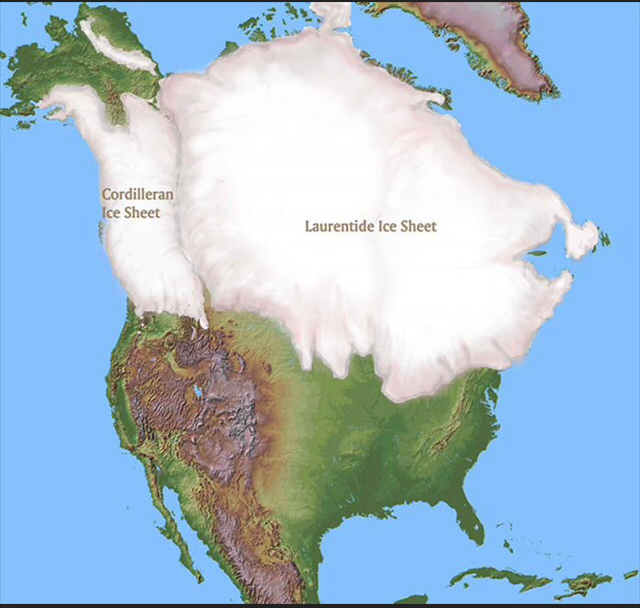
All this climate change happened before humans were even present on the planet, let alone before we and our cows began farting so much and creating green house gases…
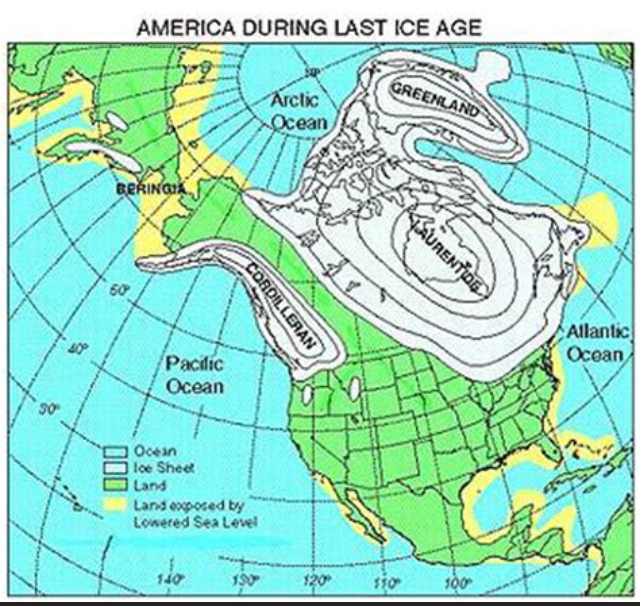
Be careful showing this glacial map to a New Yorker. They believe that New York City pre-dates all human civilizations and was founded by the gods, who would never let a mile of ice stand on top of their sacred ground.
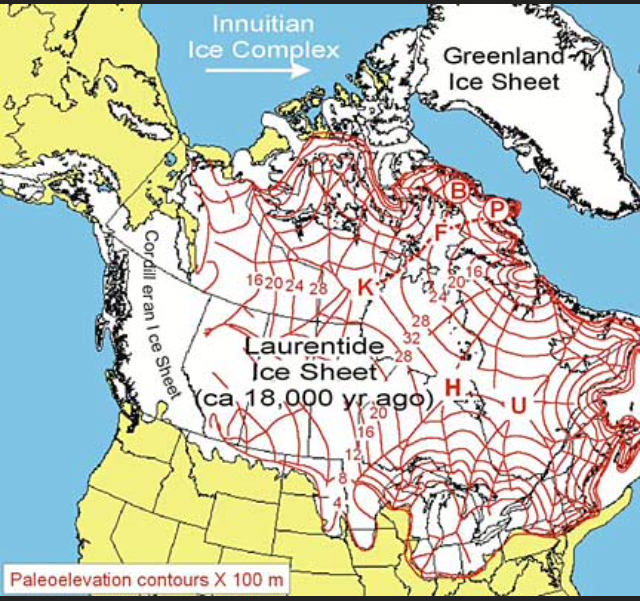
Showing this image in a modern class on “climate change” is like showing a crucifix to a vampire, and you will probably be ejected from the classroom and declared unfit for indoctrination by the fake teacher. Be careful how you use this science.
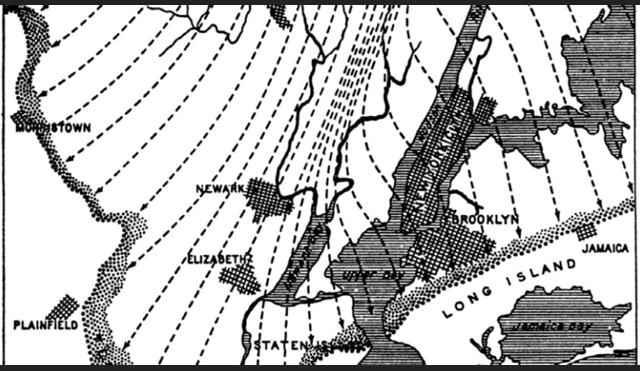
Oh no, we did it, we showed New York City under ice. NYC mayor Bill DeBlasio will probably ban me from entering NYC henceforth.
A fish tale
What I enjoy most about the summer time is spending that time with my family, my wife and kids. Especially outdoors. Hiking, fishing, boating, target shooting, camping, and cutting firewood with the promise of grilled meat and cold beer at the end is all part of the family experience here.
So here is a fish tale, or the tales of two fish, a punny phrase if ever one swam.
First one up is high school and college friend Jeff called out of the blue.
“Come down on Tuesday. Paul will be here with his son. It will be a fun reunion and we will all have our boys together, out on the boat, fishing.”
Jeff was a varsity wrestler from our arch-rival school, one weight class below me. In college we were separated by three weight classes. Now we are both fat and happy dads, coaching our boys through life the best way we know how – in the outdoors.
An invitation to salt water fish hardly ever goes neglected, especially with two other friends from high school and college, and within 24 hours my boy and I had rolled into town, found our hotel, gone to sleep at 4AM, and risen at 7:30AM ready to spend the day in the salt and sunshine with old friends. Paul and his son showed up from across the country, and we piled food, cold drinks, ice, and gear into the boat and headed out. Jeff is an old salt hand, and was a masterful captain. His friend Brian served as first mate and heartily complimented the wolfed-down sandwiches we brought, while Paul threw his overboard, complaining that they were soft. Some things just never change.
“You are a spoiled princess, you know that?” I scolded Paul. “We were up all night making these delicious sandwiches.” He asked for another sandwich; dry this time, he said.
Aside from catching up among the three of us, and introducing our boys to each other, we caught a pile of mackerel, some bluefish, and we lost one or two large cobia. Here is how the mackerel were prepared.
Fast forward a week later and the boy and I are fishing in Pine Creek, which is still running high, for two years now. This means that trout are not only holding over in great numbers, but are thriving in a big freestone stream that nonetheless usually hits 80 degrees and gets skinny by July, an environment where trout are normally picked off by eagles, mink, otters and herons this time of year.
I cast the Rebel Crawfish across a familiar riffle and hooked a large fish, which turned out to be a fat 16 inch rainbow trout. On a tiny ultralight spin rod with four pound test, it felt like the proverbial whale. He came to hand after a noble dispute.
“Do you want to keep him,” I asked my boy. “We haven’t kept a trout out of here in I forget how many years.”
“Yes,” he said, firmly and without hesitation.
This is a kid who really enjoys eating fresh fish, so setting aside my usual aversion to killing trout, I slid it into a small pool of cold spring water cascading down the bank, where the fish could breathe and stay fresh, and also remain within eyesight. That heron kept circling, and I wasn’t about to lose my prize to him.
The boy was admiring the beautiful trout, which had the healthy fins and magically vibrant colors of a native fish, or at least a hatchery fish that had spent an unusually long time in wild water. A fierce, or jealous, look came over the boy’s face and he asked which lure it had been caught on. Instead of tying one on to his rod, I just handed him my rod. One trout among the dozens splashing for emerging mayflies was enough for me, enough for the year. Watching my son catch fish is better than me catching them, and so I stood in the cool shallows with the current tugging at my Crocs, and supervised his casting. The late hot sun beat down harsh and merciless.
“Where did you catch him?” came the unexpected question.
Normally I advise where to cast, and since he was about nine, the boy will cast in the opposite direction of where I suggested. Even if it means getting tangled in a tree or snagged on the bottom. He has been improving on his independence for years now, if not improving his fishing skills. This time, however, he was on a mission. He cast a few times to where he was directed, gaining his bearings, and on the third or fourth splash the plug went exactly where it needed to go, over the fast current and just upstream enough to get a drag-free drift with some natural wobble. He immediately connected, and gently fought another perfect 13-inch rainbow into the shallows.
“Do you want to keep this one, too?” I asked.
“Yes. One fish for each of us. Or both for me – One for dinner and one for breakfast tomorrow,” he replied. Without a hint of irony.
Sound logic it was, and so we placed this trout next to its confined but quite alive mate in the little spring pool in a hollow of rock up on the bank.
With a fine trout under his belt, now it was his turn to sit in the cool shallows and watch me, as I went back out to catch a few bass lurking in the deeper current below the ledgerock. A couple came to hand and were released, and a couple got away. The sun then set over the valley, illuminating the Camel’s Hump and Trout Run in a magical Summer glow. The kind of day’s end that is so beautiful and perfect that you are sure you will remember it clearly forever just as it is experienced in that moment. And we probably will remember it clearly, mostly because the next morning he ate that fish down to the bare bones and then went outside to shoot his flintlock with true professional calm, hitting the distant bulls eye over and over and over. He made his dad proud.
The Bob Webber Trail takes on a whole new meaning
The Bob Webber Trail up between Cammal and Slate Run in the Pine Creek Valley is a well-known northcentral Pennsylvania destination. Along with the Golden Eagle Trail and other rugged, scenic hiking trails around there, you can see white and painted trilliums in the spring, waterfalls in June, and docile timber rattlers in July and August, as well as large brook trout stranded in ever-diminishing pools of crystal clear water as the summer moves along.
Bob Webber was a retired DCNR forester, who had spent the last 40 years or so of his life perched high above Slate Run in a rustic old CCC cabin. That is the life that many of the people around here aspire to, and which I, as a little kid, once stated matter of factly would be my own quiet existence when I reached the “big boy” age of 16. Except Bob had been married for almost all of his time there. He was no hermit, as he enjoyed people, especially people who wanted to explore nature off the beaten path.
That Bob had contributed so much to the conservation and intelligent development of Pine Creek’s recreational infrastructure is a well-earned understatement. He was a quiet leader on issues central to that remote yet popular tourist and hunting/fishing destination. The valley could easily have been dammed, like Kettle Creek was. Or it could easily have been over-developed to the point where the rustic charm that draws people there today would have been long gone. Bob was central to the valley’s successful model of both recreational destination and healthy ecosystem.
A year ago, while our clan was up at camp, Bob snowshoed down to Wolfe’s General Store, the source of just about everything in Slate Run, and I snapped a photo of my young son talking with both Bob and Tom Finkbiner, one of the other long-time stalwart conservationists in the valley. Whether my boy eventually understands or values this photo many years from now will depend upon his own interest in land and water conservation, nature, hunting, trapping, and fishing, and bringing urbanites into contact with these important pastimes so they better appreciate and value natural resources.
Bob, you will be missed. Right now you are walking the high mountains with your walking stick in your hand, enjoying God’s golden light and green fields on a good trail that never ends. God bless you.
